Did you know that about 20% of your home’s total energy use is linked to water heating and usage? That means your plumbing system and water fixtures play a surprising role in your household’s carbon footprint. The good news is, by embracing a handful of low carbon footprint plumbing techniques , you can significantly reduce your environmental impact, save money on utility bills, and cultivate a truly eco-friendly home . Let’s dive into the practical steps that turn everyday plumbing into a force for good.
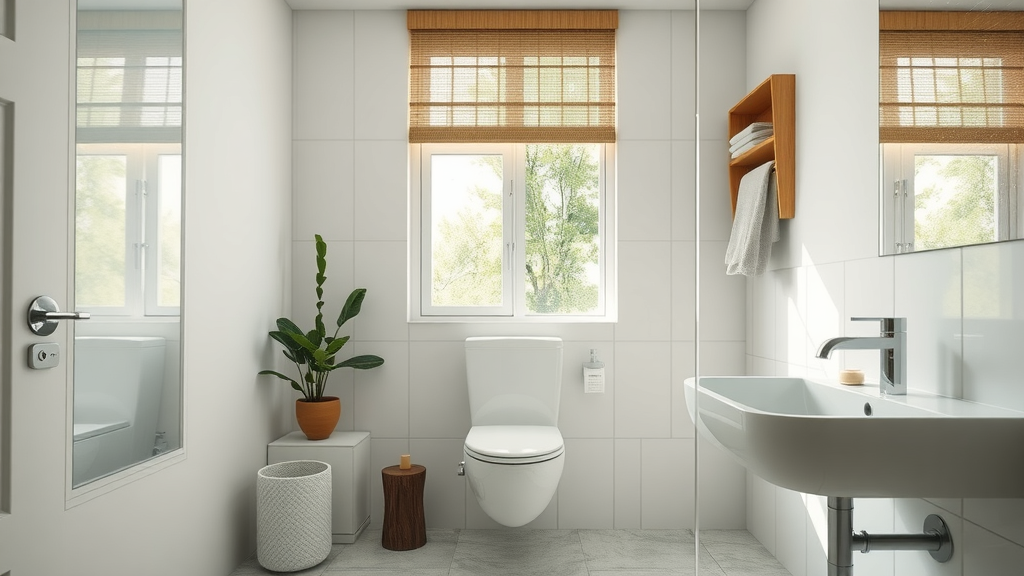
What You'll Learn
- How plumbing choices impact your home’s carbon footprint
- Which green plumbing materials and practices are best for energy efficiency and water conservation
- Smart upgrades and technologies that support low carbon footprint plumbing
- Actionable steps to reduce utility bills and promote sustainable plumbing
Reducing Environmental Impact with Low Carbon Footprint Plumbing
Tackling your home's environmental impact starts with understanding how plumbing systems contribute to greenhouse gas emissions and resource consumption. From energy used in heating water to the materials and installation processes behind every pipe, tap, and fixture, the choices you make have far-reaching consequences. Low carbon footprint plumbing encompasses eco-friendly products and plumbing practices —from using sustainable pipes to installing water-saving fixtures—all designed to minimize waste and energy consumption.
Real-world examples make the benefits clear. Imagine swapping an old, energy-hungry water heater for a modern, insulated model or replacing a conventional toilet with a dual-flush system. Not only do these changes drive down utility bills , but they also help conserve water and cut back on the carbon load from your home. Choosing low carbon footprint plumbing isn't just good for the planet—it's a smart investment for your wallet, too.
Understanding the Carbon Footprint of Plumbing Systems
Every aspect of a standard plumbing system can influence your household's carbon footprint . The biggest contributors include the energy-intensive manufacturing of materials, inefficiencies in installation or maintenance, high water usage, and continuous heating of water. Even routine maintenance activities and the lifespan of plumbing components can either compound or mitigate the emission of greenhouse gases .
- Material manufacturing: Production of metals or plastics for pipes and fixtures is energy-intensive.
- Installation processes: Old-fashioned soldering and gluing may release polluting fumes.
- Energy use: Traditional water heaters can be inefficient, leading to higher energy consumption .
- Water usage: Outdated fixtures waste water, adding to unnecessary energy spent on treatment and transport.
- Maintenance: Frequent repairs or replacements result in more manufacturing and waste.
"A typical household’s water heating and usage can account for nearly 20% of its total energy consumption—elevating its carbon footprint."
Green Plumbing Solutions: The Foundation of Low Carbon Footprint Plumbing
The path to low carbon footprint plumbing begins with the adoption of green plumbing solutions—systems, materials, and fixtures designed with both the environment and efficiency in mind. Plumbing solutions that focus on renewable and recycled resources, combined with up-to-date technologies, allow homeowners to reduce water and energy waste without sacrificing comfort or reliability.
Making the switch to sustainable plumbing practices offers a twofold benefit: the direct reduction of utility costs and the assurance that your home plays a small, but vital, part in the global pursuit of environmental sustainability.
Eco-Friendly Plumbing Materials and Their Benefits
Recent advancements in plumbing materials have introduced a host of sustainable and eco-conscious options for homeowners. For instance, PEX and copper piping are not only durable and safe but also recyclable, supporting a circular economy. Lead-free fittings minimize toxic exposure and environmental pollution. Selecting materials produced through low-impact manufacturing further curbs greenhouse gas emissions associated with construction.
- Recycled and sustainable materials (PEX, copper, etc.)
- Lead-free fittings
- Low-impact manufacturing
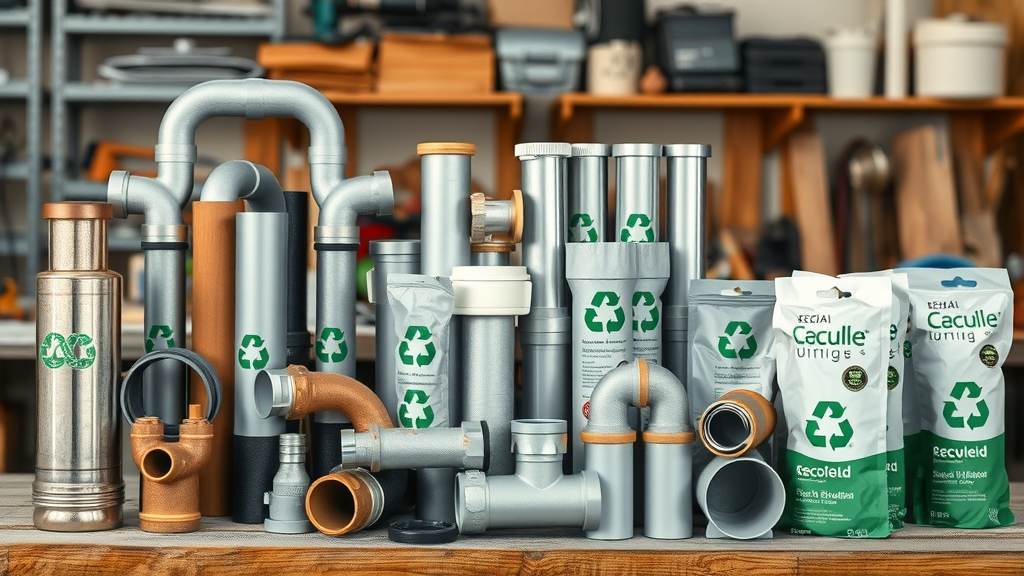
Energy Efficiency in Plumbing Practices
Elevating energy efficiency is a key pillar in transitioning to low carbon footprint plumbing . Simple upgrades such as insulating hot water pipes help reduce heat loss and cut down on wasted energy. Opting for energy-efficient water heater models —especially those with smart, programmable features—further minimizes electricity or gas use. Even motion-activated taps, which prevent overuse, can have a notable effect on water and energy conservation.
- Insulated pipes to reduce heat loss
- Energy-efficient water heater models
- Motion-activated taps
Water Conservation Techniques in Low Carbon Footprint Plumbing
Water conservation is at the heart of friendly plumbing . By using less water in daily routines, households can save money, support the community, and lessen strain on municipal resources—all while cutting down their carbon footprint . The installation of high-efficiency fixtures is one of the most effective strategies for water conservation , driving both environmental and financial benefits.
Innovations in plumbing solutions make it easier than ever to reduce water consumption without compromising performance. These fixtures are now standard in modern eco-friendly home renovations and new builds.
Minimizing Water Usage with High-Efficiency Fixtures
High-efficiency fixtures transform everyday habits into opportunities to conserve water . For example, low-flow showerheads are designed to provide a satisfying shower while using a fraction of the water of traditional models. The same principle applies to dual-flush and composting toilets, which give you control over water usage per flush. Faucet aerators blend air with water, maintaining pressure while reducing the volume used—effectively slashing water bills and water consumption .
- Low-flow showerheads
- Dual-flush and composting toilets
- Faucet aerators
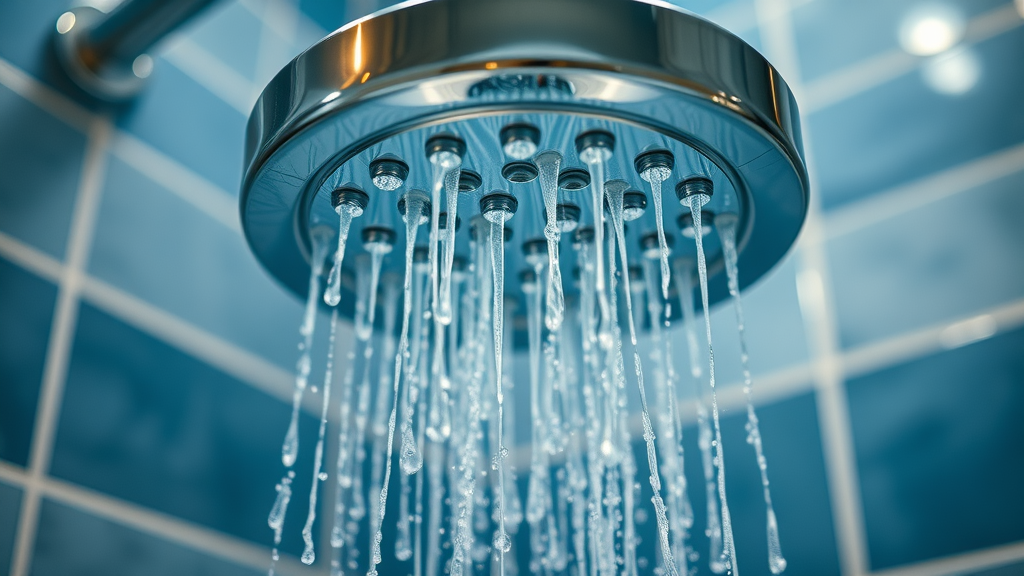
Smart Water Usage Monitoring Systems in Plumbing Solutions
The integration of smart water monitoring systems enables homeowners to instantly spot leaks, preventing both water and energy waste. Leak detection sensors trigger quick repairs, while automated shut-off valves minimize water loss in emergencies. Consumption tracking apps empower users to keep their water usage in check, set conservation goals, and monitor their progress—all from a phone or tablet.
- Leak detection sensors
- Automated shut-off valves
- Consumption tracking apps
Implementing Rainwater Harvesting Systems for Eco-Friendly Plumbing
Adopting a rainwater harvesting system is an impactful way to both cut your environmental impact and trim utility costs. By capturing and storing rainwater for non-potable uses (like irrigation or washing machines), these systems reduce demand on municipal sources and lessen the energy required for water treatment and transportation. Incorporating rainwater into your friendly plumbing setup exemplifies sustainability in action.
Rainwater harvesting can be integrated into most property types, with a range of storage capacities and levels of automation. Not only does this method help conserve water , but it also benefits the landscape, preventing runoff and erosion in your garden.
Rainwater Harvesting: Reducing Environmental Impact and Water and Energy Waste
Traditional plumbing relies heavily on energy for water treatment and distribution, driving up household energy consumption and emissions. By comparison, rainwater harvesting systems sidestep much of this waste, providing a sustainable resource with low environmental overhead. The table below showcases the main differences in water and energy use between the two systems.
| Feature | Traditional Plumbing | Rainwater Harvesting System |
|---|---|---|
| Water Source | Municipal Supply (Treated) | Rainwater (Reused On-site) |
| Energy Demand | High (pumping, transport, treatment) | Low (minimal pumping/filtration) |
| Annual Water Bills | Higher | Lower |
| Environmental Impact | More greenhouse gas emissions | Minimizes carbon footprint |
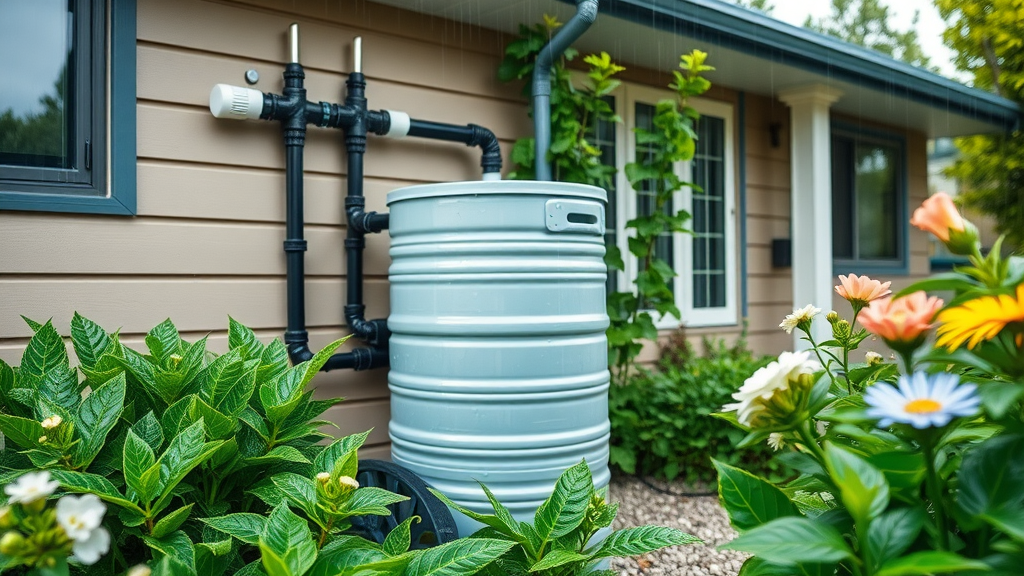
Sustainable Plumbing Systems and Professional Plumber Guidance
Upgrading to a sustainable plumbing system sometimes means calling in professional expertise. From ensuring energy-efficient water heaters are installed correctly to troubleshooting leaks and advising on the best green plumbing materials, a professional plumber brings the know-how needed for optimal results and long-term savings.
Major renovations—like kitchen or bathroom remodels—should always prioritize low carbon footprint plumbing from the start. Likewise, if your home is experiencing system leaks or inefficiencies, professional evaluation can help you make sustainable choices that lower your home’s environmental impact while supporting peak performance.
When to Consult a Professional Plumber for Low Carbon Footprint Plumbing Upgrades
- Major renovations
- System leaks and inefficiencies
- Choosing high-efficiency water heaters
"Choosing sustainable plumbing systems is an investment in long-term cost savings and environmental responsibility." – Plumbing Industry Expert
Hot Water Efficiency: Tankless Water Heaters and More
Heating hot water constitutes a significant share of household energy consumption . Shifting to modern, efficient systems like tankless water heaters is a sure way to lower both your carbon footprint and monthly energy bills. Tankless units provide hot water on demand, eliminating the standby losses associated with traditional tanks.
Upgrading your plumbing solutions for hot water means more than just financial savings—it’s an environmentally conscious choice that reduces your utility impact and supports a friendly plumbing approach to everyday use.
Tankless Water Heaters: Energy Savings and Reduced Carbon Footprint
How do tankless water heaters work? Unlike conventional models that keep a large tank of water continuously hot, tankless systems rapidly heat water as it flows, using energy only when needed. Over time, this translates to lower energy consumption and fewer greenhouse gas emissions . Plus, their compact design means they last longer and require less space.
- How tankless water heaters work
- Life cycle cost savings
- Environmental benefits over traditional water heaters

Eco-Friendly Plumbing Practices for Everyday Use
Achieving energy efficiency and water conservation isn’t a one-time project—it’s a daily habit. Simple plumbing practices—like only running full loads in your washing machines and fixing leaks immediately—compound to create massive environmental impact reductions over time. Mindfulness in water usage and regular system checkups are the cornerstones of a low carbon footprint plumbing lifestyle.
- Turn off taps when not in use
- Fix leaks promptly
- Schedule maintenance to maximize system performance
- Practice mindful water and energy usage
Cost Savings and Long-Term Benefits of Low Carbon Footprint Plumbing Solutions
Investing in friendly plumbing upgrades pays off in more ways than one. Lower utility bills, reduced maintenance costs, and better resale value are all rewards for making sustainable choices. The following table highlights estimated annual savings when comparing traditional and low carbon footprint plumbing systems .
| System Type | Annual Utility Bill | Maintenance Cost | Environmental Impact |
|---|---|---|---|
| Traditional Plumbing | $1,200+ | Higher (frequent repairs) | High |
| Low Carbon Footprint Plumbing | $800–$900 | Lower (less frequent repairs) | Low |
Addressing Common Concerns: People Also Ask
What is low carbon footprint plumbing?
- Low carbon footprint plumbing refers to practices and systems designed to minimize greenhouse gas emissions throughout the system’s lifecycle. This includes energy-efficient installations, water conservation features, and sustainable materials.
How does green plumbing reduce environmental impact?
- Green plumbing reduces environmental impact by lowering water wastage, energy consumption, and harmful emissions, while utilizing eco-friendly materials and technology.
Are tankless water heaters more eco-friendly?
- Tankless water heaters typically use less energy, heat water on demand, and have a longer lifespan, contributing to a lower carbon footprint compared to traditional units.
What role does rainwater harvesting play in low carbon plumbing?
- Rainwater harvesting reduces reliance on municipally treated water, lowers pumping and treatment energy, and provides an eco-friendly water source for various household needs.
Quick Tips and Practical Steps for Implementing Friendly Plumbing Practices
- Schedule a home water audit
- Upgrade to high-efficiency domestic water heaters
- Invest in smart water monitoring systems
- Select sustainable materials for all new installations

Exploring Frequently Asked Questions on Low Carbon Footprint Plumbing
- Can existing plumbing be retrofitted for lower carbon impact? Yes, many homes can be retrofitted with low-flow fixtures, insulated piping, smart leak detectors, and even alternative water heating systems to effectively lower the carbon footprint of existing plumbing.
- What eco-friendly plumbing options exist for apartments? Compact high-efficiency appliances, faucet aerators, dual-flush retrofit toilet kits, and smart water meters are all effective green plumbing solutions suitable for apartments.
- How do plumbing upgrades affect property value? Integrating sustainable plumbing systems and showcasing cost-saving features can raise your property’s value and appeal to environmentally conscious buyers.
Essential Takeaways for Effective Low Carbon Footprint Plumbing
- Prioritize water and energy efficiency
- Select sustainable, eco-friendly plumbing systems
- Engage a qualified professional plumber for optimal results
"Every green plumbing decision matters—not just for your home but for the future of the planet."
Your Next Steps Toward Sustainable, Low Carbon Footprint Plumbing
- For expert help or advice from Ed Serrell Plumbing and Heating call 0796 688 4368 , or email info@edsplumbing.co.uk
Act now: Evaluate your current plumbing, make upgrades, and seek professional guidance to ensure your home is as environmentally friendly as possible. Start your journey toward low carbon footprint plumbing today!
Sources
- EPA WaterSense Statistics – https://www.epa.gov/watersense/statistics-and-facts
- Energy Saver: Home Water Heating – https://www.energy.gov/eere/buildings/articles/energy-saver-101-infographic-home-water-heating
- Green Building Advisor: Low Carbon Plumbing – https://www.greenbuildingadvisor.com/article/low-carbon-plumbing
- Waterwise – https://www.waterwise.org.uk/
- CIWEM: Green Plumbing for Sustainable Communities – https://www.ciwem.org/news/green-plumbing-for-sustainable-communities
To further enhance your understanding of low carbon footprint plumbing, consider exploring the following resources:
- “Sustainability Guide for Plumbers: How to Get Started” ( greenbusinessbenchmark.com )
This guide offers practical advice on recycling old pipes and appliances, as well as selecting eco-friendly and durable materials like cast iron piping, copper, recycled steel, and HDPE.
- “Eco-Friendly Plumbing Solutions for a Sustainable Home” ( wrenvironmental.com )
This article discusses the benefits of PEX piping, highlighting its flexibility, durability, and lower environmental impact compared to traditional materials.
By delving into these resources, you’ll gain valuable insights into sustainable plumbing practices that can help reduce your home’s environmental impact.
 Add Row
Add Row  Add
Add 

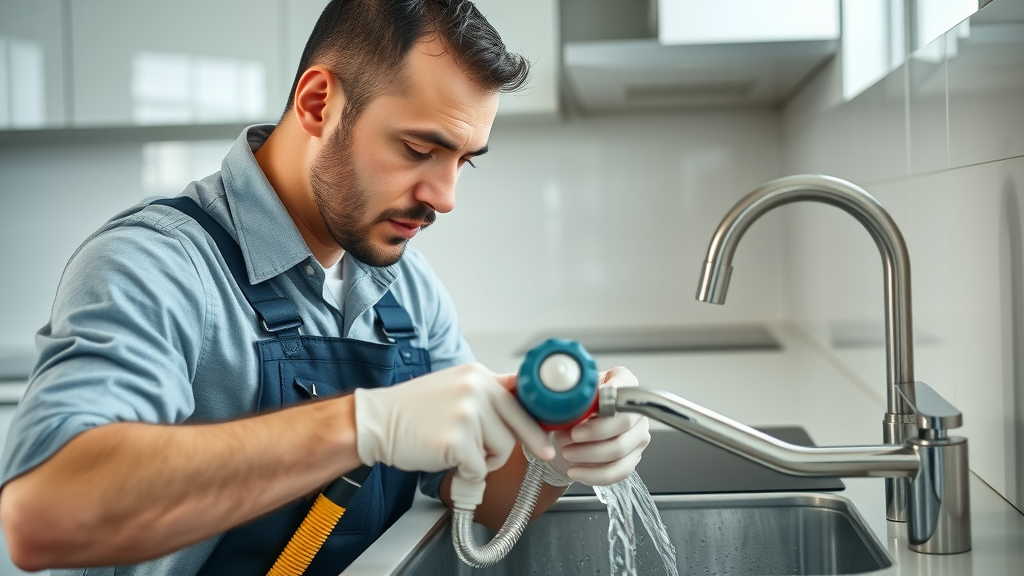

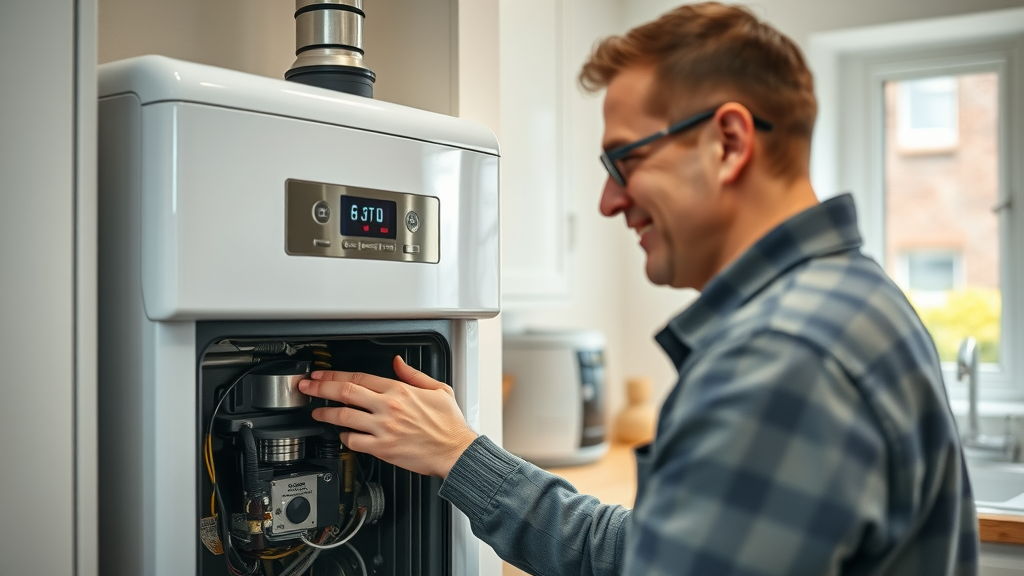
Write A Comment